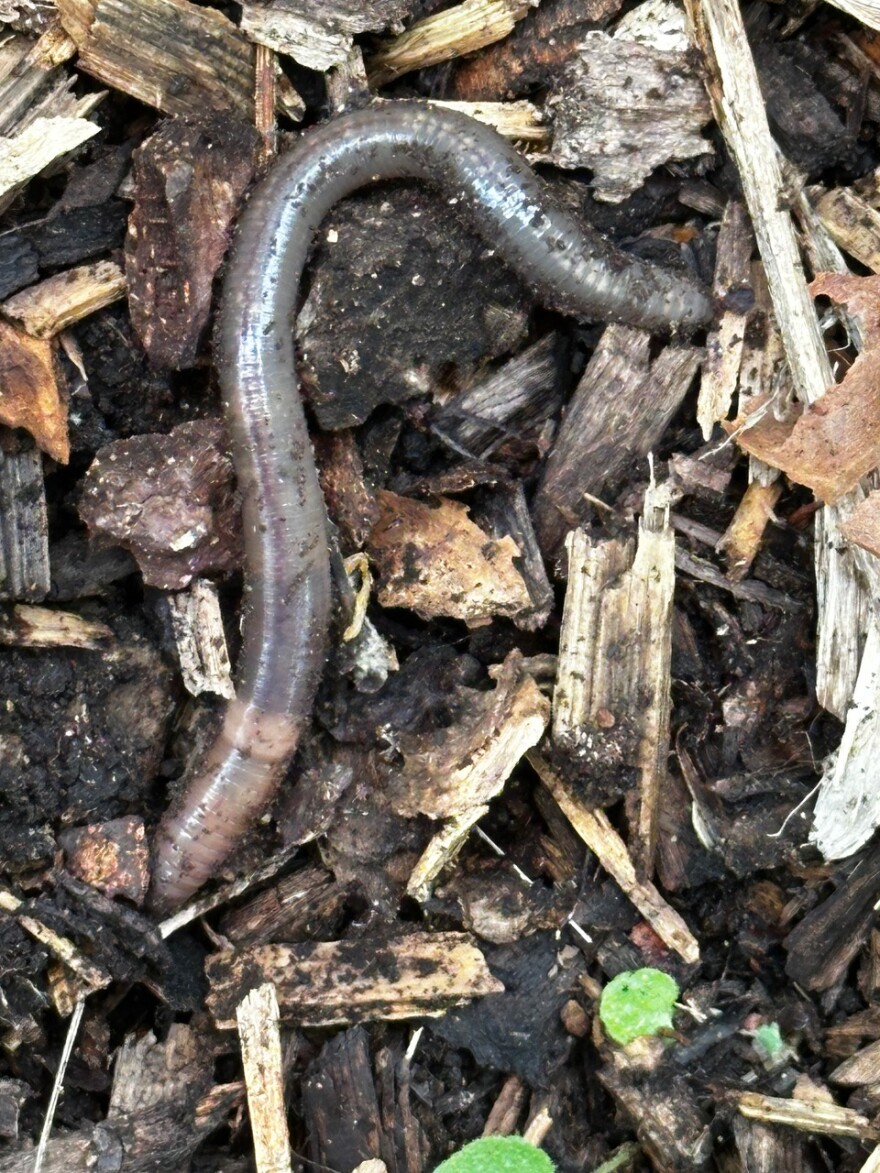A jumping worm could be sneaking through your home garden. You might mistake it for an earthworm at first, but the U.S. Forest Service says these invasive worms "thrash around" and can flip themselves "a foot off the ground.”
Brent Crain, consumer horticulture educator with the Michigan State University Extension, said earthworms are good for a garden space. Jumping worms, though, are a “real nuisance,” he said.
The MSU Extension has received reports of jumping worms in parts of Michigan. The invasive creatures are also known as Alabama jumpers, disco worms, Jersey wrigglers, crazy worms, snake worms and even wood eels.
Upon contact with soil, the worms consume leaves and other decaying matter. This particularly disrupts plant roots and mycelium, a nutrient found in soil. They convert the top layer of soil, which is composed of leaves and mulch, into pebble-like worm manure.
“They stay near the soil surface, so they don't burrow down very far, so they don't help aerate the soil,” Crain said. “They have a huge appetite so they'll go through and clear out a whole bunch of that really good organic material, like when pieces fall off of plants and trees.”
Jumping worms hatch from cocoons when soil reaches 50 degrees. They mature in about three to four months. The worm cocoons, which are the size of a poppy seed, can survive in soil for years.
“You probably won't even find them, but then they will develop into these little juvenile worms,” Crain said. So like in May, June, you see these little tiny worms and then July, August, September and there you'll see these larger worms.”
Crain recommends home gardeners check for jumping worms. Once they’re established, they can “really, really wreck havoc,” Crain said.
To look for jumping worms, MSU Extension recommends checking damp, shady areas, scratching around the leaf litter and soil, or looking under logs and rocks. Another approach is to pour a mixture of one-third cup of ground yellow mustard powder and a gallon of water over a square foot of soil. Mustard irritates the worms, causing them to wriggle to the surface.
If your mulch is disappearing quickly and your soil looks crumbly, that could be a sign of jumping worms.
MSU Extension recommends reporting jumping worm sightings to your state or regional invasive species network.





